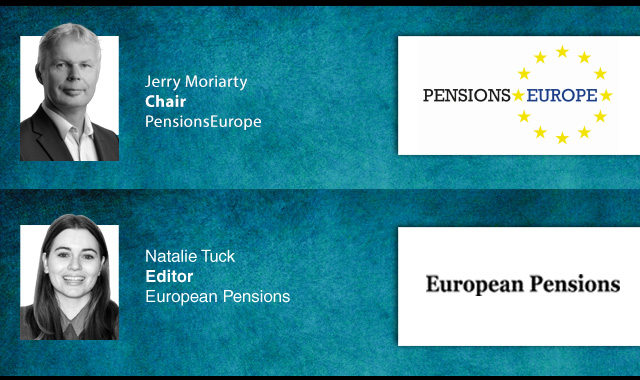The implications of the market turmoil observed in the second quarter of this year on the funding ratio and the liquidity position of IORPs “require attention”, particularly in the Netherlands, the European Insurance and Occupational Pensions Authority has warned.
In its June 2025 Financial Stability Report, EIOPA told pension funds and insurers to “remain vigilant” about their exposure to geopolitical and macroeconomic risks given the current volatile global environment.
Despite this, the report painted a positive picture for IORPs, stating that the occupational pensions sector in the European Economic Area (EEA) “remained resilient”.
However, EIOPA warned that IORPs in the Netherlands are particularly vulnerable to the recent market turmoil, as they transition from a defined benefit (DB) to a defined contribution (DC) system.
Its report noted that the transition will impact investment strategies and risk management practice, which, despite being gradual and well-announced, requires monitoring.
“The sector's exposure to equity instruments, including those denominated in foreign currencies, makes it vulnerable to market fluctuations. The market turmoil in 2025 Q2 has potential implications for IORPs' funding ratios and liquidity positions, which warrant close monitoring,” EIOPA stated.
In 2024, IORPs’ total assets grew by approximately €190bn from €2,675bn to €2,864bn, and were mainly driven by a 17 per cent increase in equity amounts. Bonds valuations also increased, with corporate bonds growing by 9 per cent and government bonds by 8 per cent. Over the year, total IORP liabilities also increased, from €2,301bn to €2,445bn.
The report found that the funding ratio of IORPs in the EEA slightly improved with respect to Q4 2023, moving from 119 per cent to 120 per cent due to the higher increase in assets with respect to the increase in liabilities at the end of 2024 driven by the reserve components. With the exception Sweden and Finland, member states hoover around a 113 per cent funding ratio.
More broadly, when it comes to risks for the IORP sector, geopolitical tensions and global trade uncertainty are driving macroeconomic risks, a trend that remains a top concern for both insurers and IORPs, according to a recent survey of national competent authorities.
Expanding, the report noted that the risks are particularly pressing due to the nature of the tariffs under discussion, which primarily target goods rather than services. Given the high level of interconnectedness across global markets, indirect impacts pose a greater vulnerability to the insurance and IORPs sectors than direct ones.
Additionally, EIOPA noted that the insurance and IORP sectors maintain close links with the banking sector through investments. Despite these connections, the banking sector currently appears resilient and does not pose any significant threats.
However, exposures to real estate and alternative assets are under heightened scrutiny due to concerns about their liquidity amid volatile market conditions, the authority warned.
Latest News
-
SCOOP: Netherlands' Keylane snaps up UK's Heywood in undisclosed deal
-
80% of German companies using AI in pension schemes
-
73% of global pension plans using dynamic asset allocation strategy
-
Debate prompts swing in support for releasing UK DB surpluses to employers
-
News in brief: 5 December
-
NBIM beats out Japanese govt pension fund to become world's largest asset owner
Podcast: Stepping up to the challenge

In the latest European Pensions podcast, Natalie Tuck talks to PensionsEurope chair, Jerry Moriarty, about his new role and the European pension policy agenda
Podcast: The benefits of private equity in pension fund portfolios

The outbreak of the Covid-19 pandemic, in which stock markets have seen increased volatility, combined with global low interest rates has led to alternative asset classes rising in popularity. Private equity is one of the top runners in this category, and for good reason.
In this podcast, Munich Private Equity Partners Managing Director, Christopher Bär, chats to European Pensions Editor, Natalie Tuck, about the benefits private equity investments can bring to pension fund portfolios and the best approach to take.
In this podcast, Munich Private Equity Partners Managing Director, Christopher Bär, chats to European Pensions Editor, Natalie Tuck, about the benefits private equity investments can bring to pension fund portfolios and the best approach to take.
Mitigating risk
BNP Paribas Asset Management’s head of pension solutions, Julien Halfon, discusses equity hedging with Laura Blows
© 2019 Perspective Publishing Privacy & Cookies







Recent Stories